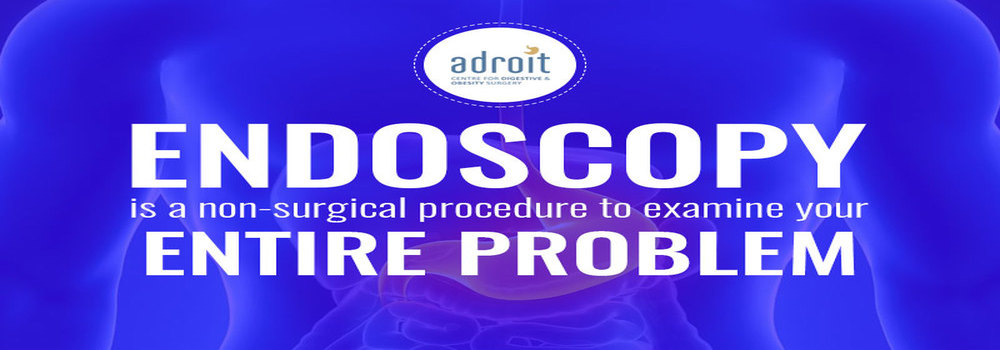Endoscopy:
A long, thin tube is inserted into the body to observe an internal organ or tissue in detail with the help of a camera and a light source attached to the tube. This process is known as endoscopy. Imaging and minor surgeries can also be carried out using the endoscope. An endoscope is inserted into the opening of the body, such as mouth or anus. Keyhole surgery is also performed through this instrument in which a small incision is made in the knee or abdomen.
Facts about Endoscopy:
Endoscopy has proven to be useful in many areas of medicine as it has few risks and is quick to carry out. Also, tens of millions of endoscopy are performed each year. Some quick facts about endoscopy are:
- These are relatively safe and quick procedures
- It is used for the investigation, confirmation, and treatment of the disease
- It can remove the rumors and polyps from the digestive tract
- The endoscope was designed in 1806
Purpose Of Endoscopy:
Endoscopy is performed for several reasons. The symptoms for which an endoscopy can be required are:
- Fever
- Chest pain, not heart-related
- Shortness of breath
- Difficulty Swallowing
- When the stool is bloody, black or very dark colored
- Severe or continuous abdominal pain
- Bloody vomiting
- Weight loss
- Continuous diarrhea
- Nausea and vomiting
Areas of Endoscopy:
The areas of endoscopy include:
- Gastrointestinal Tract:It may be helpful for the investigation of the oesophagus, stomach, and duodenum, small and large intestine, bile duct, rectum, and anus.
- Respiratory Tract:It includes nose and lower respiratory tract.
- Ear
- Urinary Tract
- Female Reproductive Tract:Cervix, uterus, and fallopian tube are Its main area of investigation.
- Through a Small Incision:It includes abdominal or pelvic activity, the interior of a joint, and organs of the chest.
Types of Endoscopy:
- Enteroscopy
- Colonoscopy/ sigmoidoscopy
- Rectoscopy/ anosc0opy
- Rhinoscopy/ Bronchoscopy
- Otoscopy
- Cystoscopy
- Colposcopy/ Hysteroscopy/ Falloposcopy
- Laparoscopy/ Anthroscopy/ Thoracoscopy and mediastinoscopy
Procedure:
The patient will have to fast for 12 hours before endoscopy. Then the doctor examines the patient. Endoscopy is not a painful procedure; just a mild discomfort is experienced by the patients. Local anesthesia is given to the patient to numb the area of investigation. For stomach Endoscopy, a mouthpiece will be kept in the mouth to keep it open. Then an endoscope will be inserted in your stomach through your mouth, but it not cause any sort of discomfort nor it hinders your breathing. It takes almost 15 minutes to examine while the area of the stomach thoroughly. To distend the stomach, some air is passed down through the tube, giving the doctors a clearer view. This air is later sucked out at the end of the examination. At the end of the Endoscopy, the tube is removed easily and quickly, and the patient is asked to rest for two hours until the effect of anesthesia is worn off. The patient can normally eat or drink after an hour or two.
Endoscopy Side Effects:
Although it is a safe procedure, still some risks are involved depending upon the area to be examined. These risks are:
- Oversedation
- You may feel bloated for sometime
- Mild cramping
- Due to local anaesthesia, your throat will be numb
- It may cause an infection in the examined part for which some antibiotic will be required
- Persistent pain
- Minor bleeding
- Tearing of stomach or oesophagus lining
- Vomiting or Nausea
- Burning sensation
- Low blood pressure or irregular heartbeat
Recovery:
The type of procedure will decide how much it will take to recover. For upper Endoscopy of the gastrointestinal tract, the doctor examines the patient and then observes the patient for an hour after the procedure until all the sedative medicine wears off. A days rest is advised to the patient, i.e. he should not drive or go for work because the sedative effect controls the pain. The patient also has some soreness and bloating, which also resolves soon. Nausea caused due to sedative medicine also wears off quickly within an hour. A colonoscopy takes 15 to 30 minutes to recover, but the patient is kept in the recovery are for almost 40 minutes after the procedure

